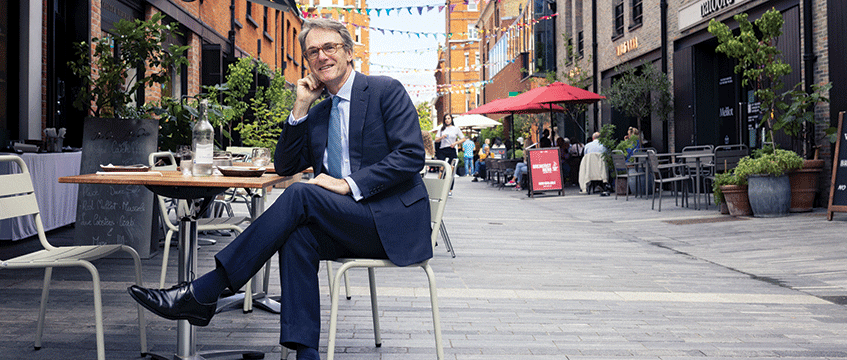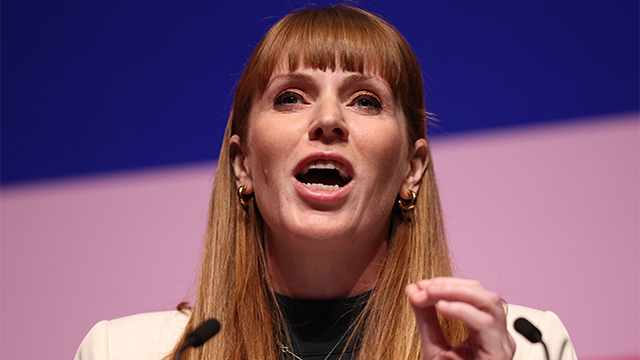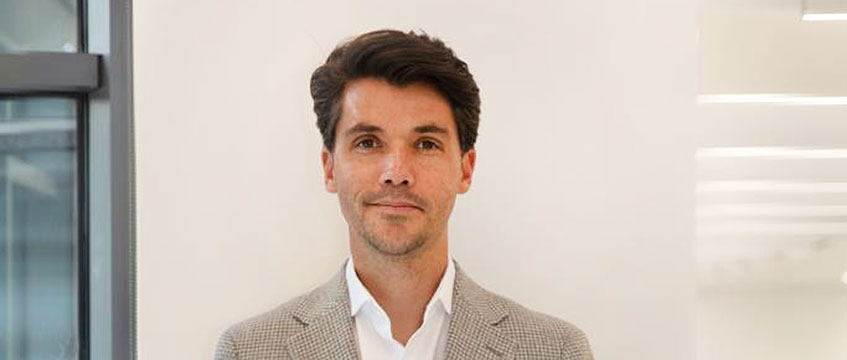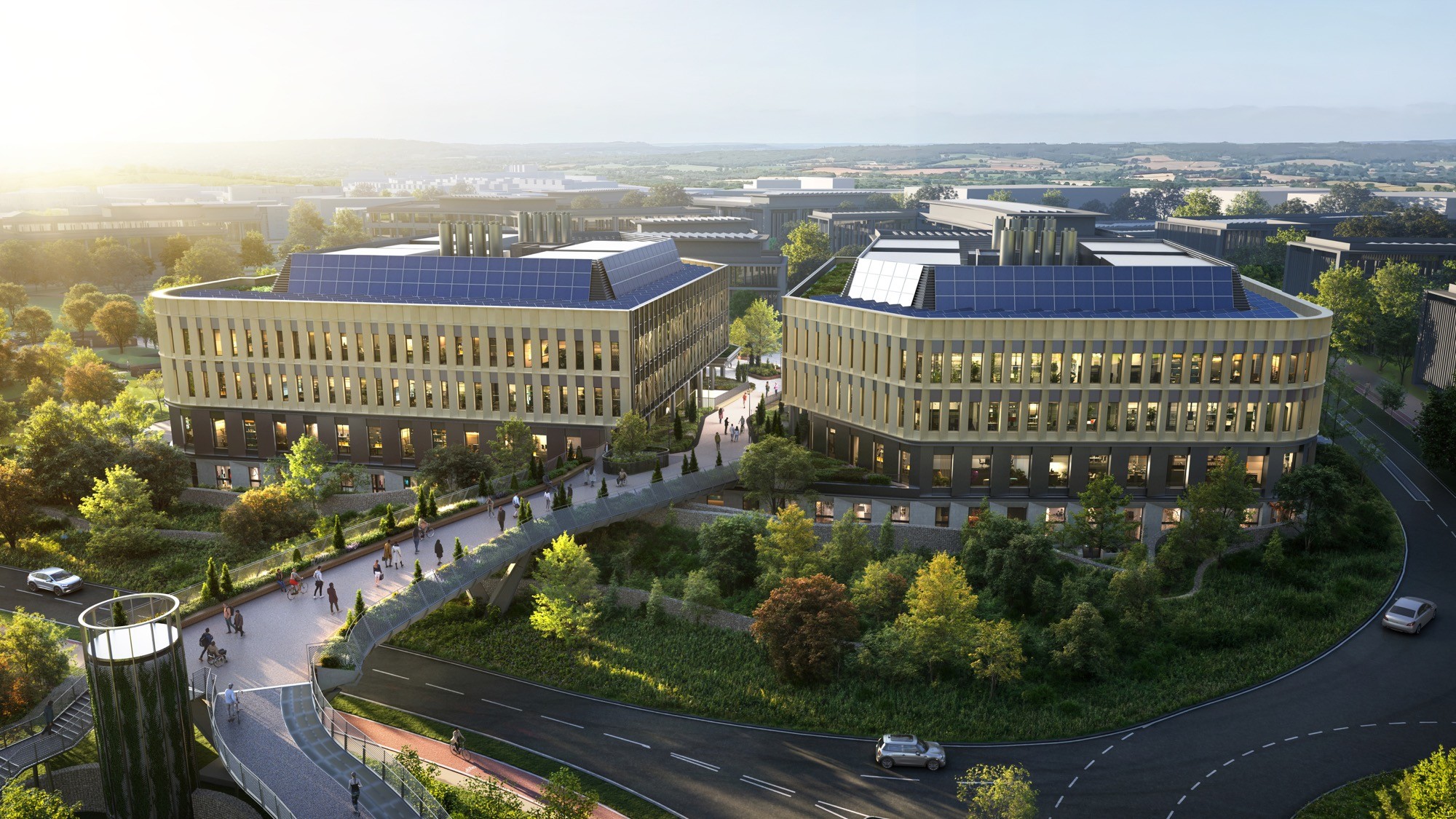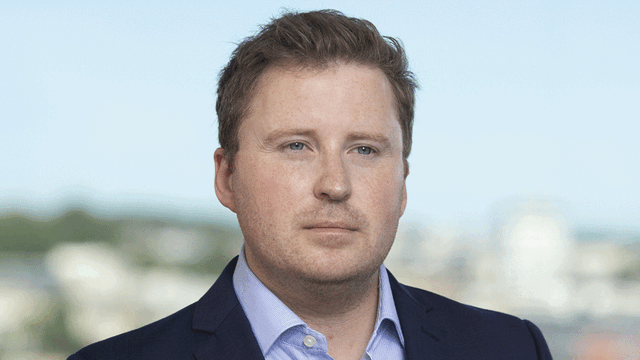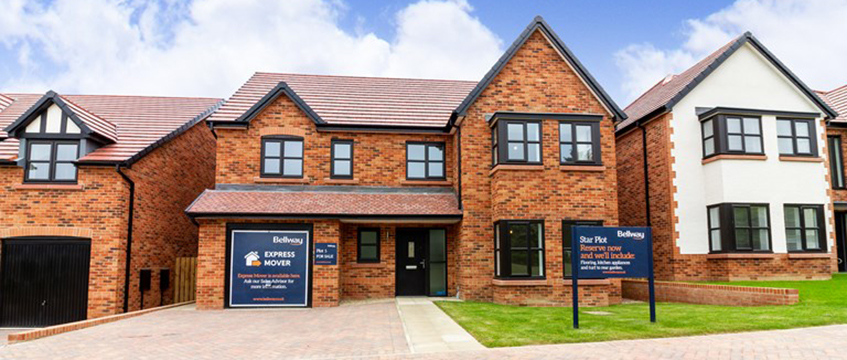COMMENT The real estate industry has been talking sustainability for well over a decade. Early movers such as Longevity Partners helped highlight the positive changes that property companies could make throughout the life cycle of an asset. Specialist consultancies set up to focus on energy efficiency and net zero and building practices launched services to deliver retrofitting and new sustainable infrastructure.
The term ESG has been more commonly used in the past five years. Yet the focus has, until recently, remained on the E and less on the S and G. Post-Covid, wellbeing services have accelerated and are also starting to be measured, but although there are some companies that do pieces of it well, this is still a relatively new area.
While the practice of the E or S alone in ESG is mostly pieced together across the industry by many different services, it is somewhat inevitable that gaps remain, particularly in a challenging market when there is an understandable pressure to cut costs.
Bringing specialists together
An ESG strategy which incorporates sustainable and workplace design into a new office development, for example, may work perfectly on paper when drafted by a consultant and studio. By the time the building and construction experts take it on, however, they may be under pressure to deliver savings and work more quickly. Or they may not be familiar with the infrastructure needed and how the plans are supposed to work. Thus, the build is delivered differently.
This could then have a knock-on effect on the operational side of the development, how the space is used and the ability of people to use and understand its design and layout. In turn, this impacts on the data that is produced from the building – if the data being recorded is building-specific.
At each point a gap in the process is identified, which means that the strategy put together at the beginning is not recognisable at the end in the asset’s delivery.
There are specialists at each stage who are all expert in their field but, unless they all come together at the beginning to work as a team from day one, it is increasingly likely that the asset won’t work as well as intended. This is likely to impact the valuation of the asset, the rental income and even its refinancing.
While working as a wellbeing practice focusing more on the S, we realised that wellbeing in the workplace was equally as important as the environmental concerns and that there was no reason that these should work in silo or even in competition with each other. Companies should not have to pick just one element to focus on. It’s 2022, and we, as an industry, are innovative and able to use data much more intuitively than ever before.
Equally, a developer or investor should not have to pick which part of the strategy it can deliver, or which buildings they are able to measure accurately in order to guesstimate the rest.
That’s why, last year, we decided to take a step back and look at the problem, and do our best to fill in the gaps. Our company had proven that it could provide most of the life cycle expertise for wellbeing minus the delivery, which we had identified as one of the key parts of the jigsaw where gaps are likely to emerge.
Closing gaps
We knew that if we delivered our own strategy in-house then we could ensure the designs were practical and authentically delivered, which would then make operational, measurement and reporting activity flow more smoothly.
We hired Mara Mann from Tom Tom as a senior project lead. Not only was she LEED Green qualified, but she had robust experience in commercial real estate project management, design and construction.
With Mann and several other project lead recruits across construction, data and design, we realised that what we could do in wellbeing we could do for the whole ESG piece, and suddenly we have closed the gaps. Our clients have a strategy that works for their budget and financing purposes, that is delivered authentically to the vision and within budget, that operates as planned, is measured accurately and whose reports match the initial estimations and investment promises.
LifeProven is not professing to be the only solution – the industry needs many more of us in order to change. But our ability to close gaps comes about through collaboration and more experts working closely together, and that is something that the whole industry can replicate.
So, for all those working on the initial stages of a new development that you hope will be sustainable, responsible, a healthy place to live or work, and turn a profit – why not get everyone involved in the life cycle at whatever stage around the table from day one and see how collaboration can ensure that the outcomes desired are achieved.
Jordan Relfe, co-owner, LifeProven




